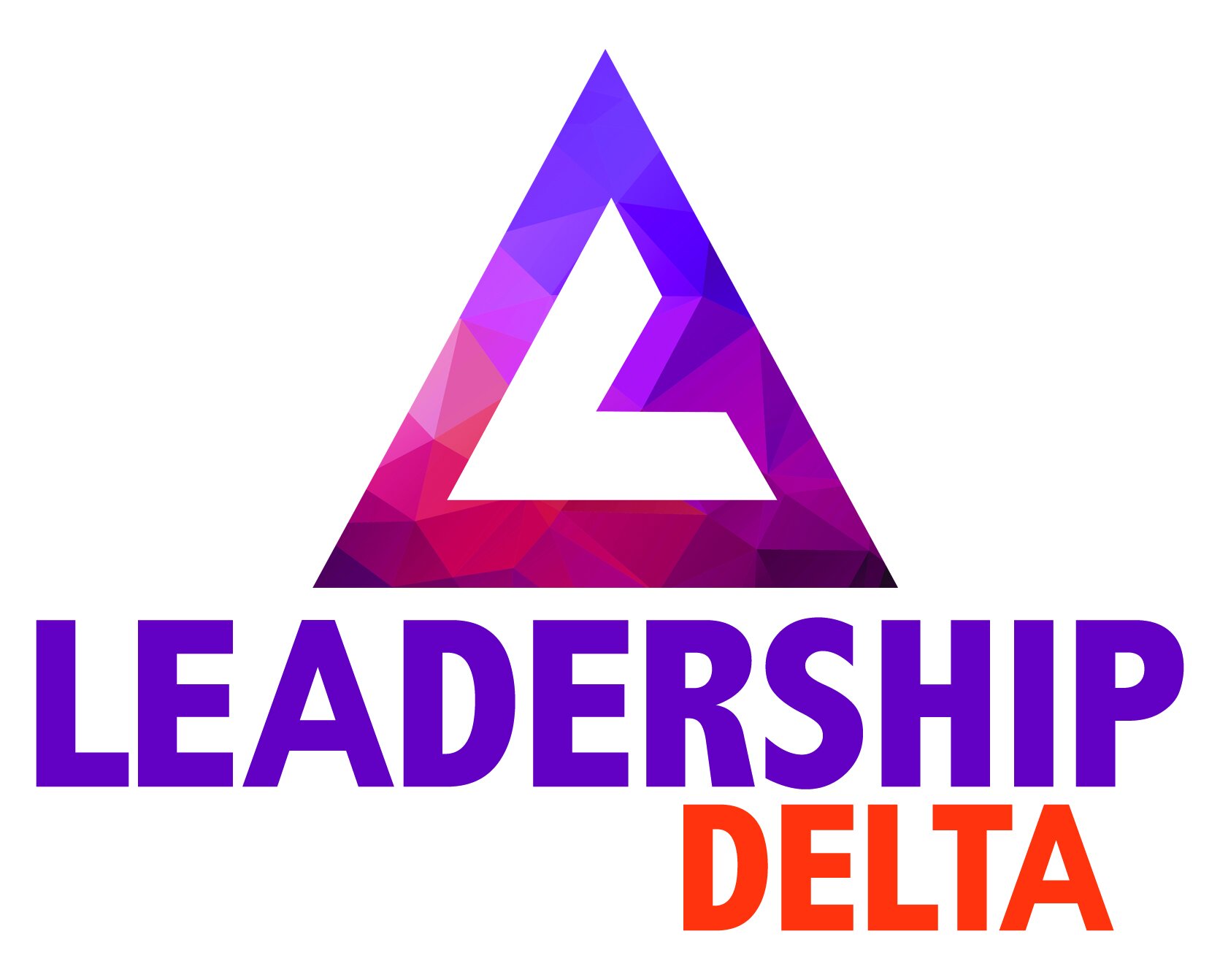Assessment
When working with organizations, Leadership Delta assesses both the organization and the individual.
Just like a doctor diagnosing an illness, you first have to understand the problem before fixing it. Diagnosis comes before development of plans to improve the organizations’ health. Results are used to set a baseline for later comparison and to measure progress.
We assess in eight different areas:
Environment
Organizations can only survive if they maintain harmony with their external environment. This includes listening to customers’ needs, understanding changes in technology, knowing the competition, and understanding legal, social, and political climates.
Strategy
Strategy is a set of decisions that explain how an organization adds value to its customers and distinguishes itself from competitors. A well-developed strategy tells the organization where it’s going, like a rudder in a stormy sea.
Core Processes
A core process is the major flow of work through an organization. Sometimes called the value chain, it is the sequence of events or steps performed by the organizations to achieve its strategy and provide products and services to customers. When it is aligned with the strategy, all other business activity should support its accomplishment. Understanding, streamlining, and properly supporting the core business process is the central job of any organization.
Structure
How people are organized around business processes. It’s not just the org. chart. Structure defines roles and responsibilities inside an organization. Does it help or hinder performance?
Systems
The interrelated sets of tasks or activities that help the organization coordinate work. They are usually standardized. The most effective systems are often the simplest.
Culture
Culture is how the organization really operates. It includes leadership style, worker attitudes and habits, and management practices and beliefs which make up the distinctive “personality” of the organization. It is like the air that permeates everything and is both the source and outcome of organizational behavior. Culture mirrors the true philosophy and values of the organization — the ones people actually practice. As such, it is a measure of how well the organization has translated its philosophy (organization strategy) into action.
Results
How is the organization performing? Results show an organization’s strengths and weaknesses. It’s important to be clear about expected future results.
Leadership
Leaders drive success by setting goals and monitoring results. They scan the environment, define vision and strategy, and design the infrastructure to make it all work. Successful leaders are the head of an empowered, independent workforce.

